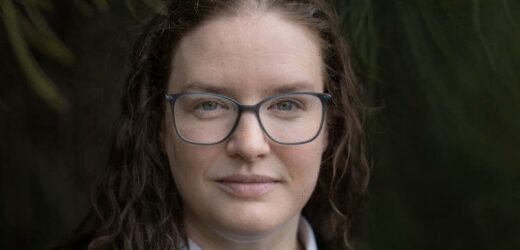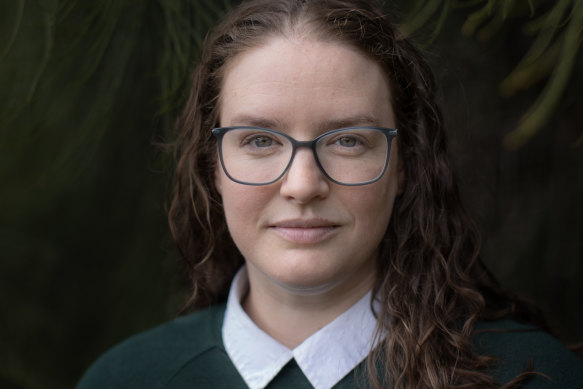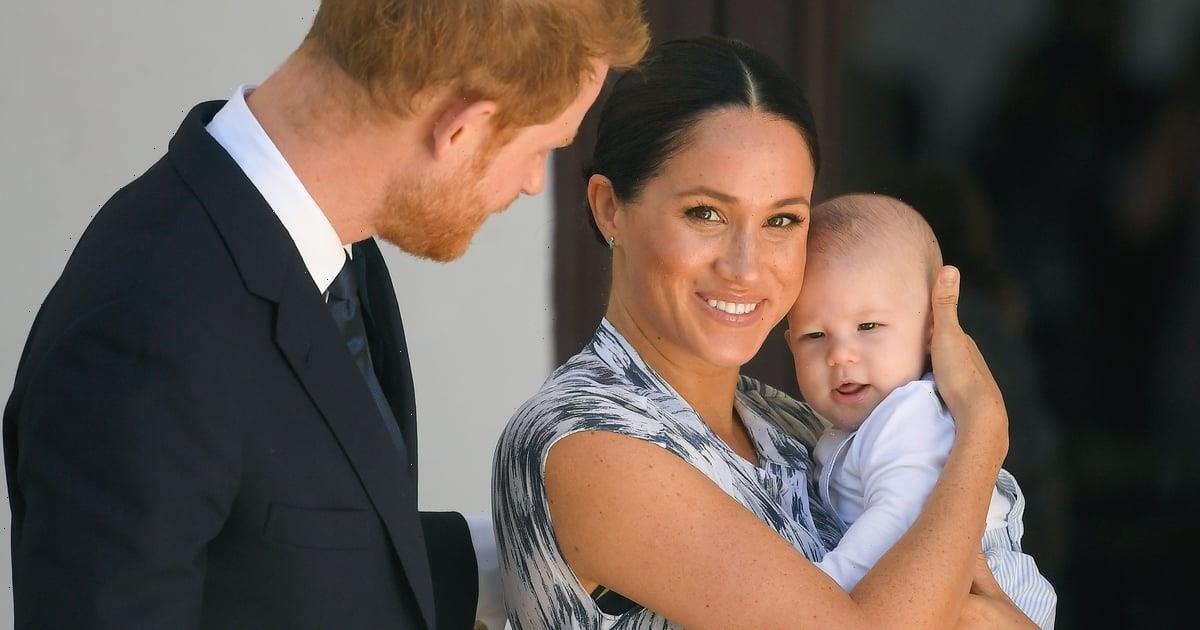Rising numbers of Victorian women are losing dangerous amounts of blood after childbirth, with almost one in three women haemorrhaging post-delivery.
Experts are struggling to pinpoint what is fuelling the rise but believe increasing rates of caesarean and inductions, women having babies when they are older and obesity are contributing to the surge.
Allison would like to see more education for prospective parents about the risk of postpartum haemorrhages.Credit:Simon Schluter
The proportion of women who lose more than 500 millilitres of blood after childbirth has increased steadily, from 21 per cent in 2009 to 28 per cent in 2020, according to the latest data from the state’s Consultative Council on Obstetric and Paediatric Mortality and Morbidity.
Professor Mike Roberts, chief executive of health safety watchdog Safer Care Victoria, said severe postpartum haemorrhages could have a profound impact on breastfeeding, bonding and contact time between parents and their newborns.
“In the most severe cases, [it] can pose a significant mortality risk to the mother,” he said.
The most severe form of postpartum haemorrhage – which involves losing more than 1500 millilitres of blood – has also increased from 2 per cent in 2016 to 2.6 per cent in 2020. In 2020, 72 Victorian women, with a median age of 32 years, wound up in intensive care after a severe postpartum haemorrhage.
While deaths from postpartum haemorrhages are rare, there are many near misses.
Allison, who does not want to disclose her surname, was lucky to survive a postpartum haemorrhage in 2018 after giving birth to her first child following an induction – a process which often involves taking medication or breaking a woman’s waters to artificially start labour.
She lost 5.5 litres of blood (equivalent to roughly all the blood in a pregnant woman’s body) and spent 12 hours in intensive care. A team of doctors worked around the clock to save her life, manually removing her placenta and pumping 10 units of donor blood through her veins.
“The photos of us with our new baby are ones where I’m fully intubated and unconscious,” she recalls.
Allison had another postpartum haemorrhage when she gave birth to her second child in 2021, losing 2.2 litres of blood.
She regularly sees a psychologist to help her process the trauma of the births.
“I hated that something that had happened to me had such a profound impact on everybody in my family,” she said. “My family were celebrating our new baby but also worrying that I was not going to make it.”
Allison would like antenatal classes to include information about postpartum haemorrhages and people in birthing suites, such as her husband, to have access to a support person who can be called into the hospital if things go wrong.
When Maggie Flood started her career as a midwife in the mid-1980s, postpartum haemorrhages were rare.
“I saw one postpartum haemorrhage out of the 20 births I had to conduct to be registered,” said the La Trobe University academic, who completed her PhD on postpartum haemorrhages. “Now it’s common. It affects so many families. The figures are appalling.”
Dr Nisha Khot, a Melbourne obstetrician who sits on the Royal Australian and New Zealand College of Obstetricians and Gynaecologists’ women’s health committee, said medication was routinely given to women to reduce their risk of a heavy bleed after childbirth.
In severe cases, surgery is needed to stop the blood supply to the uterus. Blood transfusions and hysterectomies are sometimes required.
“It is one of the scariest things to have to deal with,” she said.
As part of a new collaboration involving 33 health services, Safer Care Victoria has been trying to reduce the occurrence of postpartum haemorrhages. Early results show that the project, which has improved emergency responses and risk assessment, has lowered the number of women admitted to intensive care and led to a 13 per cent drop in women experiencing severe blood loss.
Rural Doctors Association Victoria president Dan Wilson said a postpartum haemorrhage occurred every shift in large regional hospitals.
“It’s the one big obstetric emergency that all clinicians are really quite comfortable to approach because it’s so common,” he said.
He said avoiding significant weight gain during pregnancy reduced the risk of haemorrhaging, while treating anaemia during pregnancy made it easier for women to recover from a significant bleed.
Liam Mannix’s Examine newsletter explains and analyses science with a rigorous focus on the evidence. Sign up to get it each week.
Most Viewed in National
From our partners
Source: Read Full Article



